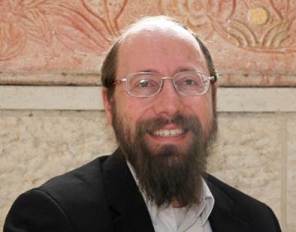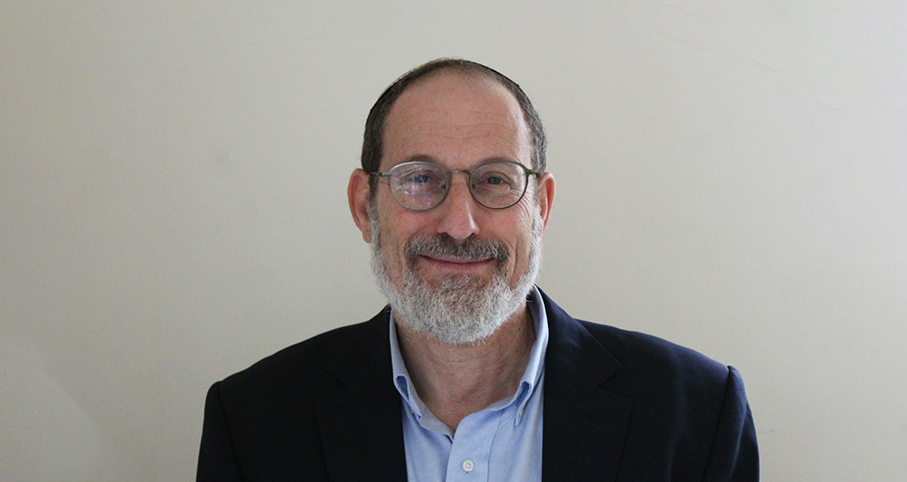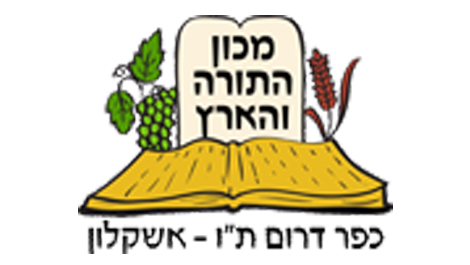Ask the Rabbi
- Shabbat and Holidays
- Yom Kippur
- General Questions
- Torah and Jewish Thought
- Torah Study
- Torah Teachings
Question
Thank you for this web site first of all. I have been looking at the ritual of Yom Kippur and Rosh Hashanah and have some questions. Any answers will be appreciated.
1. What is the significance of the High Priest sprinkling the bull’s blood up once then down seven times? Lev. 16: 14 It seems a small question but G-d is not capricous to be served so specifically without reason.
2. I read an article that said the blood of the bull was sprinkled on the viel and then the blood of the goat was sprinkled on the viel. Then they were mixed and sprinkled on the alter of incence and the alter of sacrifice. What is the purpose of mixing the blood of the bull and the goat?
3. After the blood was sprinkled and poured out at the alter of sacrifice the High Priest would still place his hands on the "scapegoat" to take away the sins of the nation. Is this a picture of what the Messiah will do on the most Holiest day taking the sins of the nation away, not just "atoning" or making a covering for them?
4. It is said that after some time the "scapegoat" was pushed off of a ciff so it wouldn’t be able to return and bring the sins with it. When did this start? Was it at one of the darker periods of Israel’s history, maybe around Queen Athaliah ( you know, not wanting the sins to come back)?
5. Tradition also says that the scarlet rope tied around the "scapegoats" head would turn white if, or when the sins were forgiven. Then during the 1st century tradition says the scarlet rope stopped turning white for the first time. How could this be observed if the "scapegoat" was being pushed off a cliff? Did the tradition of pushing the "scapegoat" off a cliff stop?
Sorry if there was a limit. The more I study the more I realize I really don’t know much. Can you help me?
Answer
Your questions amount to quite a package. I will try to answer as many as I
can.
1 and 2. The Rabbis teach us (Torat Cohanim) that the bull (cow) serves as
an atonement for the sin of the golden calf while the goat atones for the
sin of the selling of Yodef. That is to say, that the first serves as a
paradygm for the blemishes in our service of G-d, while the second relates
to the travesties of or relationships between man and man. Therefor the bull
is bought by the high priest, who is responsible for the temple worship,
while the goat is purchased from communal funds.
The sprinkling of the blood in the Holy of Holies and on the veil (parochet)
represent the atonement on the ideological level, that is purifying our
Torah learning and commitment to properly observing all of the commandments.
The blood on the alter represents the purification of our deeds and
behavior. For this reason, the first sprinklings are done with each type of
blood seperately, for on the theoretical level, social norms and ritual
practice must be studied and understood each in its own context. But the
sprinkling on the alter combines both, because in actual practice the
distinction is blurred, and in fact not relevent. The laws of prayer include
rules about not disturbing another person, respect for the community, and
when to interrupt for reasons of etiquette. Business laws require great self
controle and fear of heave.
The first sets of sprinkling are 1 upwards and 7 downwards, indicationg the
the complete application of Torah in the world (represented by the number
seven) derives from the One above. The sprinklings on the alter start at the
corners, the perifery, to indicate thet actions must be correwcted from the
"outside", that is in the small details, to aceive a complete teshuva
indicated by the seven sprinklings on the center of the alter.
3. Placing the hands (smicha) is part of "vidui" - confession. Each Jew must
confess and repent his sins. The Priest does this symbolically for all of us
to teach us thye way. We are each responsible for personal confession and
repentance, even in the time of the temple.
4. I believe that pushing the goat off the cliff symbolically represents the
total rejection of the sinful aspects of our behaviour and personality. It
is such a rare event because generally sacrifice represents raising our
aninimal aspects and nature to the service of Hashem and not rejecting them.
However, sometimes the sinfullness must be dismissed entirely and
iretrievably. I believe that the interpretation of the scapegoat is part and
parcel of Mosaic tradition and find no reason to ascribe this ritual to
"darker periods" or a pagan queen.
5. the scarlet string (ribbon, rope) was spklit in two. Half was kept in the
temple, and miraculously turned white when the goat was pushed off the
cliff. When this stopped happening during the second temple period the
second half was no longer displayed.
Shana Tova

Jewelry on Yom Kippur
Various Rabbis | 21 Tevet 5764

practicing Shofer blowing on Yom Kippur
Various Rabbis | Cheshvan 9, 5769

Kitels for Singles
Rabbi Chaim Tabasky | 11 Elul 5764






